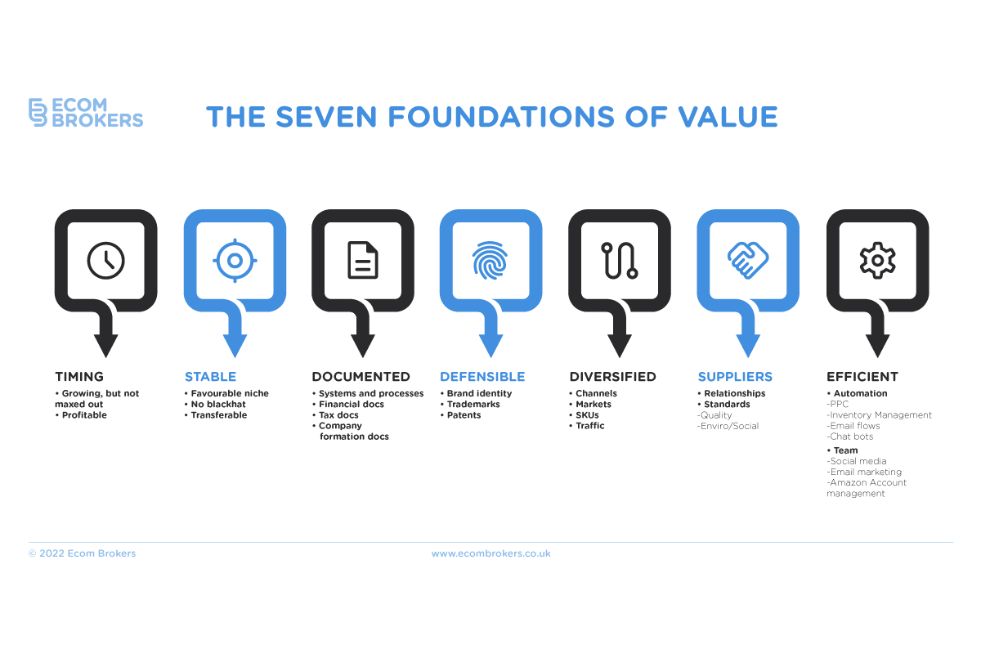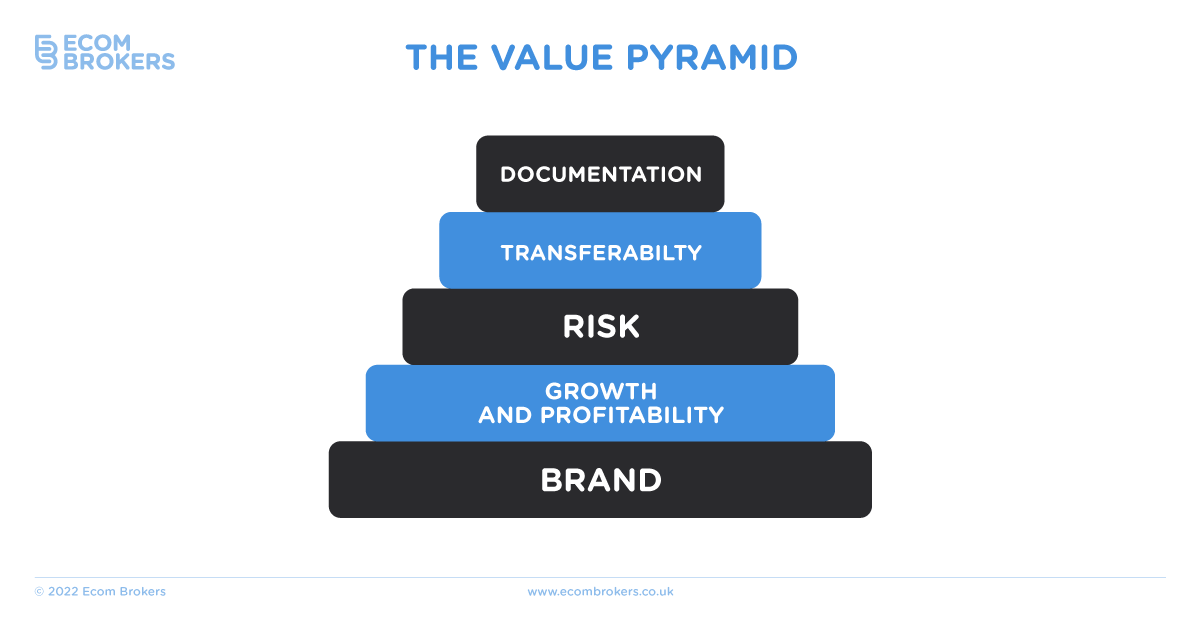
Using Social Media To Promote Your New Business
In this article, I’m going to show you exactly how you can use social media to promote your new business.
Starting a new business? That’s excellent!
But as you know, it’s a lot less excellent when no one knows about it. You can have a great idea, you can have great products or services, but if you’re completely anonymous, none of that matters.
Social media is a great place to promote your business, while a social media strategy is a fantastic way to make a genuine connection with your audience and build trust. You can use social channels to raise awareness of your brand, to engage prospective customers, to educate, inform and even entertain them, to capture leads – and, yes, to even make sales.
But I get it. Social media can seem like a minefield. We’ve all read stories of businesses doing and saying the wrong things and ruining their brands. But with almost 50% of the whole world using social media, it’s easily the best way to reach more people and get your business seen.
Start With a Buyer Persona
Before you begin posting to social media, it’s first of all important that you define your buyer persona. This will help you understand exactly who you’re engaging with. As such, it will help you create tailored marketing campaigns that hit the spot.
A lot goes into a buyer persona, and you can read all about what HubSpot has to say here. But the main things to focus on are:
- Name
- Age
- Income
- Job/Career
- What they’ll get from your product
- Preferred social media channels
- Location
- Ambitions
Here’s a quick example of a buyer persona using the above attributes:
- James London
- 25
- Cybersecurity
- The ability to detect cyber threats even faster
- San Francisco
- Become a software developer
When creating a buyer persona, you’re simply creating a picture of your ideal buyer. You can, however, create more than one buyer persona for different products of yours, as well as different channels.
To learn more about your buyer persona, you can indulge in social listening. This is when you research the conversations they’re having about your niche and brand on social media in order to understand more about who they are and what they desire.
Set Some Goals
OK, so you’re using social media to promote your new business. However, that’s a rather broad goal. It’s important to have smaller goals that tie into your overarching goal, as this will allow you to create a more focused campaign.
For instance, some businesses use social media to raise awareness of their brand, while others use it for audience engagement. Others use it to capture more leads, whilst still, others use social media to boost sales.
What are your goals right now?
Whatever they are, make them SMART. In other words, make them:
- Measurable
- Attainable
- Realistic
- Timely
Doing this allows you to not only create focused goals, it also ensures that you’re able to create a timeline of how and when you’ll execute these attainable goals. For example, let’s you decide to use social media to raise awareness of your new business. You could create a series of even smaller goals that allow you to do this, such as creating engaging posts rich in eye-catching images and videos.
Choose The Right Platforms
The thing with social media is that there are a lot of platforms. Many of them, such as Facebook, Twitter and Instagram, are super popular.
But just because a platform exists and is popular, that doesn’t mean you need to use it.
Instead, it’s a much better idea to be selective.
How do you choose which platforms are right for your business?
The main thing to do is to refer back to your buyer persona. Where is your audience most likely to hang out? Fashion businesses, for example, would do well on Instagram, but SaaS companies would use their time and budget better if they used LinkedIn.
As you consider your platforms, you can also start having a serious think about the type of content you should post. Sharing data and statistics works well on Twitter, for instance, while Instagram is more suited to visual posts, such as those that share a glimpse of what it’s like to work at your business ‘behind the scenes.’
Twitter is also really useful for customer service.
A good idea is to create a mission statement for each social channel so that you know exactly what type of content to put out. This will allow your message to stay consistent, which will help you to attract an audience.
Check Out The Competition
Since your business is entirely new, you probably haven’t put out a lot of content just yet. As such, it’s a smart idea to gain a bit of inspiration by taking a look at the competition to see what sort of content they’ve been putting out. This will help to inform and shape your own social media marketing campaigns as you’ll have a good idea of what performs well in your niche, and what perhaps doesn’t perform so well.
How can you check out the competition?
You’ve got a few options. One of my favourite things to do is to use a tool like BuzzSumo to find the best-performing content in my niche. This tool shows you what content your audience is currently engaging with the most at the moment (as well as on which channels). You can then use the data and information to create ideas for your own marketing strategies.
You could also indulge in social listening, which I touched on earlier. Social listening allows you to effectively ‘spy’ on your competitors across their social channels to see what content their audience loves and hates. In other words, the type of content they’re creating that’s working (as well as content that’s not working so much). This will give you a better idea of what content you should create.
Create A Content Strategy
Once you understand more about your goals, your platforms and your competitors, the next step to using social media to promote your business is to create a content strategy.
What goes into a social media content strategy?
- Types of content you want to create (Facebook posts, retweets, Instagram Stories, videos, LinkedIn case studies and so on)
- How often do you want to update your social channels
- A social media calendar
- Any tools that will help you (some of the best social media tools include Hootsuite, Buffer and Sprout Social).
- Images. Visual posts get more attention on social media, so make sure to brainstorm how you’re going to create and source your images. There are tools to help, such as Canva.
Distribute Your Content
Once you’ve mapped out your content strategy and have a better idea of what you need to post and when, the next step is to promote and distribute it.
Without proper distribution, you will struggle to reach enough people.
How do you distribute your content?
You’ve got a few options. A smart idea is to run a blog and then add social share buttons to each post. Make sure to add strong CTA’s at the end of each post, too, that encourages people to share your content.
You can ask questions on your social channels as well. This engages your audience, helps to involve them in your brand, and it can also encourage them to share more of your posts.
For further help when it comes to distributing your content, you can use a tool like SproutSocial, which comes with a useful scheduling feature.
Engage With Your Followers
When someone leaves you a comment on one of your social posts, is your first instinct to reply or to leave it unanswered.
For new businesses who are looking to raise brand awareness and build proper relationships, engaging with their followers on social media is super important. This shows that you truly care about them, and it helps you to create a meaningful, long-lasting relationship.
Not just that, but actually joining in the conversations your prospects are having will give you insights into what they want from you as a brand, as well as what they want from your products and services. This will further help you to keep growing and improving.
You can have a lot of fun by replying with witty comments, as well as GIFs and emojis. It’s really important that you keep things as light as possible, and that you don’t get dragged into an argument. Keep your comments positive, and if someone has raised serious concern, invite them to private message you.
Conclusion
Social media is easily one of the best places to promote your new business. Decide what your main objectives are, and then use the tips in this article to help you build your audience and develop a long-lasting relationship with them that, ultimately, leads to more exposure, more customers – and more sales.
Ready to sell your business for the best possible price? Click below to get started. No obligation, no hard sell. Just solid, professional advice.









